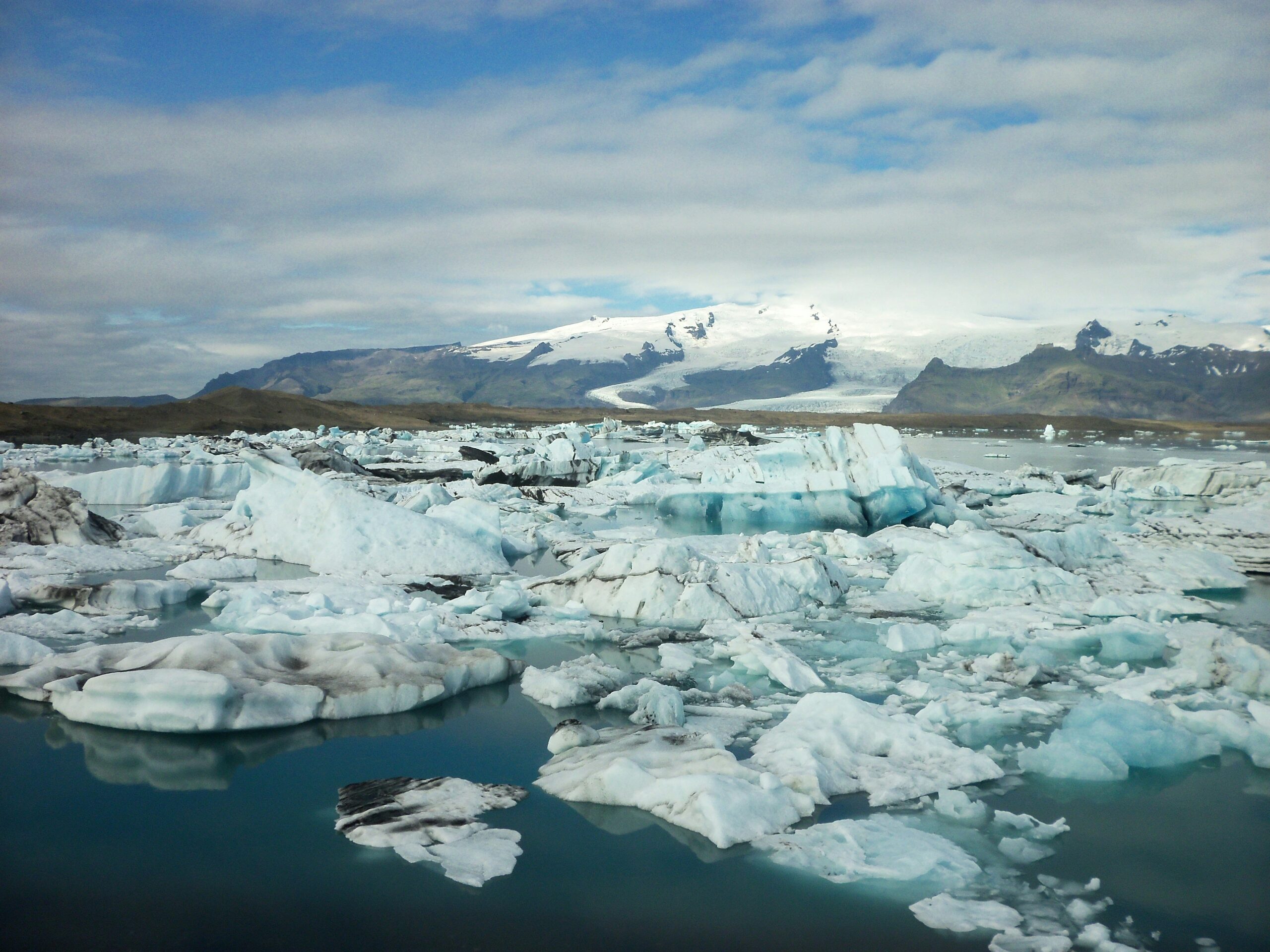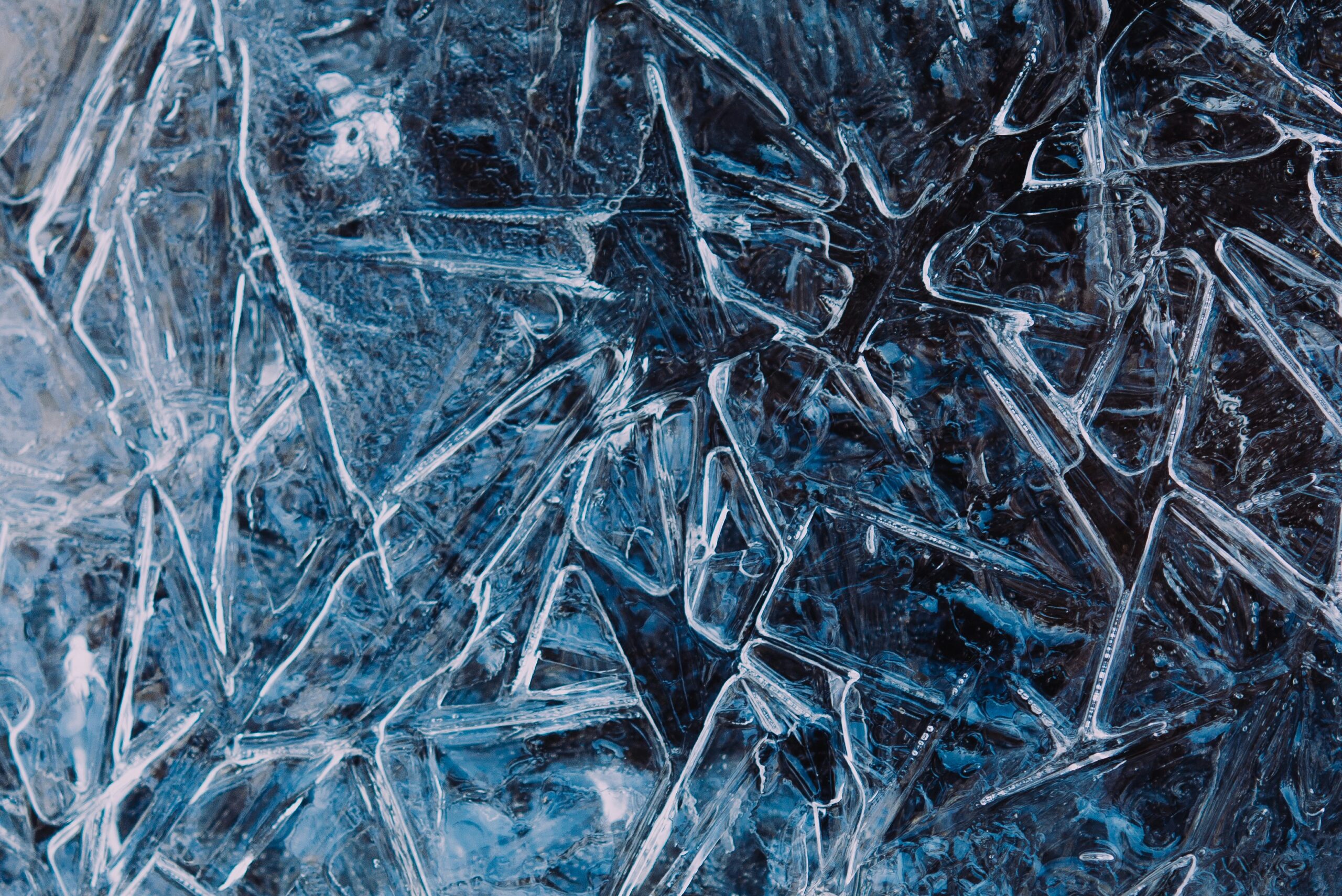If you have ventured into the world of mountaineering and set your sights on conquering Mount Shasta, the towering peak in California, you may find yourself wondering what safety gear is essential for such an ambitious endeavor. Between the steep slopes, unpredictable weather conditions, and icy terrain, being adequately prepared is of utmost importance. In this article, we will explore the necessary safety gear that will ensure your climb up Mount Shasta is not only thrilling but also safe and secure. Whether you are a seasoned climber or a novice, these essential items will equip you for a successful ascent to conquer this remarkable summit.
Cooldown Clothing
When it comes to climbing, choosing the right type of clothing is essential for both comfort and safety. No matter what the weather may be like, it's important to have clothing that provides adequate breathability and moisture-wicking capabilities. This helps to regulate your body temperature and avoid overheating or excessive sweating. Look for clothing made from lightweight, synthetic materials that are designed specifically for outdoor activities. These garments are often designed with special cooling technologies that help to keep you comfortable and dry throughout your climb.
During harsh weather conditions, it's crucial to have extra layers of clothing to protect yourself from the elements. Insulating layers, such as fleece jackets or down vests, provide warmth when the temperature drops. Additionally, having a windproof and waterproof outer layer, like a durable shell jacket, can help shield you from strong winds and rain or snow showers. Remember, layering is key when it comes to staying warm and comfortable, so make sure to choose clothing that can be easily added or removed as needed.
Another important aspect to consider when selecting climbing clothing is the use of moisture-wicking materials. Climbing can be a strenuous activity, and even in cooler temperatures, your body can generate a significant amount of sweat. Moisture-wicking fabrics work by pulling moisture away from your skin and transferring it to the outer layers of the fabric where it can evaporate more easily. This helps to keep you dry and prevents chills caused by wet clothing. Look for clothing with features like mesh panels or special fabric treatments that enhance moisture-wicking capabilities for added comfort during your climb.
Footwear
Choosing the right footwear is crucial for any climber, as it provides the necessary support and protection for your feet in various terrains. When tackling mountains and glaciers, mountaineering boots are the go-to option. These boots are designed with stiff soles and high ankle support, which provide stability and prevent ankle sprains or twists. Look for boots that are compatible with crampons, as these will be necessary for traversing icy or snowy slopes.
In addition to mountaineering boots, it's advisable to have additional traction options for more technical terrain. Crampons are metal spikes that attach to the soles of your boots and provide enhanced grip on icy surfaces. They are essential for ascending or traversing glaciers and steep snow slopes. Make sure to choose crampons that are compatible with your boots and practice fitting and adjusting them before your climb.
As weather conditions can change unexpectedly during a climb, having waterproof features in your footwear is essential. Look for boots made from waterproof and breathable materials, as these will keep your feet dry and comfortable even in wet conditions. Gaiters can also be a useful addition. These are fabric coverings that wrap around the lower part of your legs and over the tops of your boots, providing an extra layer of protection against snow, water, and debris.

Climbing Equipment
Having the right climbing equipment is vital for your safety during a climb. Crampons, as mentioned earlier, are not only important for your boots but also fall under this category. Crampons are metal spikes that attach to the bottoms of your boots and serve as traction devices on icy or snowy surfaces. Different types of crampons are available, depending on the specific terrain you will be encountering. It's essential to choose crampons that are compatible with your boots and practice fitting and adjusting them before your climb.
Ice axes and tools are another key part of climbing equipment. These tools are used for self-arresting, self-belaying, and gripping the ice or snow during your climb. An ice axe has a long shaft with a pointed pick on one end and a head or adze on the other. Ice tools are shorter, two-handed tools with picks on both ends. These tools require practice to use effectively, so make sure to familiarize yourself with them before your climb.
Ropes, harnesses, and carabiners are also essential components of climbing equipment. Ropes provide the necessary support for climbers during ascent and descent, while harnesses keep you securely attached to the rope. Carabiners are metal clips that allow for quick and secure attachment of ropes to harnesses or other gear. It's crucial to learn how to tie proper knots and understand the proper usage of these climbing essentials to ensure your safety during the climb.
Helmets and Protection
Protecting your head is of utmost importance during a climb, as falling rocks or ice can pose a significant risk. When selecting a climbing helmet, it's essential to prioritize safety and fit. Look for helmets that meet industry safety standards and provide sufficient impact protection. Ideally, choose a helmet with a hard outer shell and an inner foam liner for maximum protection.
A good fit is crucial for a climbing helmet, as an ill-fitting helmet can be uncomfortable and may not provide adequate protection. Make sure to try on different sizes and adjust the helmet's straps accordingly. The helmet should fit snugly on your head, with no gaps or movement when properly adjusted. Take the time to find the right fit to ensure your head is well-protected during your climb.
In addition to helmets, consider additional facial protection. Protective eyewear, such as goggles or sunglasses, can shield your eyes from harmful UV rays, wind, and debris. A bandana or balaclava can help protect your face from sunburn, windburn, or frostbite in harsh weather conditions. Don't forget to apply sunscreen to exposed skin to further protect yourself from the sun's rays, especially at higher elevations where UV exposure is more intense.

Backpack and Storage
Properly packing and organizing your gear is essential for a multi-day climb. When selecting a backpack, choose one that is durable, comfortable, and has ample storage space. Look for features like multiple compartments, compression straps, and adjustable suspension systems. These features allow you to distribute the weight of your gear evenly and make it easier to access items as needed.
Keep in mind that weather conditions can change quickly during a climb, so having weatherproof bags or dry sacks is crucial. These waterproof or water-resistant bags provide an extra layer of protection for your gear, ensuring it stays dry even in wet conditions. Consider investing in different sizes of weatherproof bags to facilitate better organization and to prevent any damage to your gear from moisture.
Proper weight distribution within your backpack is also important for comfort and balance during your climb. Place heavier items closer to your back and towards the bottom of the backpack to maintain stability. This helps to minimize strain on your back and shoulders and allows for better maneuverability when climbing. Make sure to adjust the backpack's straps to achieve a snug and comfortable fit, distributing the weight across your hips and shoulders evenly.
Personal Safety Devices
Having personal safety devices can provide an extra layer of security during your climb. Emergency Personal Locator Beacons (PLBs) are devices that transmit distress signals in emergency situations. They can help search and rescue teams locate you quickly, especially in remote or difficult-to-reach areas. PLBs are lightweight, portable, and should be kept easily accessible in case of an emergency.
Headlamps and flashlights are crucial for climbing in low-light conditions or during overnight stays. They provide essential illumination, allowing you to navigate safely and efficiently. Look for headlamps that offer a comfortable fit and adjustable brightness settings. Consider carrying extra batteries or a power bank to ensure you have sufficient power for the duration of your climb.
Whistles and other signaling devices are useful for alerting others in case of emergencies or to attract attention if you become lost or separated from your climbing group. A loud, high-pitched whistle can travel long distances and potentially alert nearby climbers or search parties to your location. Make sure to attach the whistle to a lanyard or keep it in a secure pocket for easy access.

Navigation and Communication
Navigation and communication are essential for safe and successful climbs, especially in unfamiliar terrain or adverse weather conditions. GPS devices are valuable tools for providing accurate location information and helping you navigate your route. Look for devices with clear displays, long battery life, and preloaded maps of the area you will be climbing. Familiarize yourself with the device's features and functionalities to ensure you can use it effectively during your climb.
Compasses and maps are traditional navigation tools that should always be included in your climbing gear. A compass helps you determine your direction and establish bearings, while maps provide a visual representation of the area and enable you to plan and follow your route. Make sure to carry a compass that is suitable for navigating in mountainous terrain, and ensure you have detailed, up-to-date maps of the area you'll be climbing.
Two-way radios are beneficial for communication within your climbing group or with other climbers in the area. They allow for clear and immediate communication, especially when you're out of sight or hearing range. Choose radios with a decent range and consider investing in models that are rugged and weather-resistant. It's crucial to establish clear communication protocols and frequencies before your climb to ensure effective communication throughout.
First Aid and Health Safety
Carrying a well-stocked first aid kit is essential for any climbing adventure. Accidents and injuries can happen, so it's important to be prepared to provide immediate medical assistance until professional help arrives. Your first aid kit should include items such as bandages, sterile gauze pads, adhesive tape, antiseptic wipes, pain relievers, and tweezers. Familiarize yourself with the contents of your kit and learn basic first aid procedures before your climb.
If you have specific medical conditions or require regular medication, make sure to bring an adequate supply for the duration of your climb. Consult with a healthcare professional before your climb to discuss any necessary adjustments to your medications or treatments. Keep your medications in a secure and easily accessible location to ensure you can take them as prescribed during your climb.
High elevation health concerns, such as altitude sickness or hypoxia, can pose a significant risk during mountain climbs. Familiarize yourself with the symptoms of altitude sickness and the necessary steps to prevent and manage it. Stay hydrated, understand proper acclimatization techniques, and be aware of signs of more severe altitude-related illnesses. If symptoms worsen or you experience severe symptoms, seek medical attention immediately.
Hydration and Nutrition
Staying hydrated and properly nourished is crucial for maintaining energy levels and preventing dehydration during your climb. Carry water purification devices, such as water filters or purification tablets, to ensure a safe and clean water source throughout your climb. It's important to drink regularly, even if you don't feel thirsty, as dehydration can happen quickly at high altitudes or during strenuous physical activity.
Select high-energy food choices that provide a balance of carbohydrates, proteins, and healthy fats. Energy bars, trail mix, and dehydrated meals are popular options due to their lightweight nature and long shelf life. Aim for frequent small meals or snacks throughout the day to maintain a steady energy supply. Avoid excessive caffeine and alcohol consumption, as these can contribute to dehydration and impair judgment or coordination.
Properly storing your food and maintaining its temperature is essential for preventing spoilage. Invest in temperature-preserving containers or bags to keep perishable items cool or insulated when necessary. Proper food storage not only helps maintain food quality but also reduces the risk of foodborne illnesses that can dampen your climbing experience.
Emergency and Survival Kits
Preparing for emergencies and unexpected situations is crucial for climbing safety. A basic survival kit should include essential items such as a emergency blanket, a whistle, a knife or multi-tool, a fire starter, and extra food and water. These items can help provide basic necessities in case you become lost, injured, or stranded. It's important to regularly check and replenish the contents of your survival kit to ensure everything is in working condition and within expiration dates.
Emergency shelters are vital for protection from extreme weather conditions or unexpected overnight stays. Lightweight and compact bivvy bags or emergency tents can provide shelter and insulation during emergencies. Practice setting up your emergency shelter before your climb to ensure you are familiar with the process and can do so quickly when needed.
Fire-making equipment is essential for emergency situations, providing warmth, light, and a means for signaling for help. Include items such as waterproof matches, lighters, or fire starters in your kit. Familiarize yourself with fire regulations and safe fire-building practices to prevent accidental wildfires and ensure your safety when starting a fire for warmth or signaling purposes.
In conclusion, climbing Mount Shasta, like any mountain adventure, requires careful preparation and consideration of safety gear. Choosing the right clothing, footwear, and climbing equipment is crucial for both comfort and protection in various weather and terrain conditions. Helmets and additional protection help safeguard against potential head injuries, while a well-packed backpack and proper weight distribution ensure convenience and stability during the climb. Personal safety devices, navigation aids, and communication tools contribute to a safer climbing experience. Don't forget the importance of first aid, hydration, and nutrition, as well as emergency and survival kits, which can make a significant difference in unexpected situations. With the right safety gear and precautions, your climb up Mount Shasta can be enjoyable and memorable while prioritizing your well-being.
